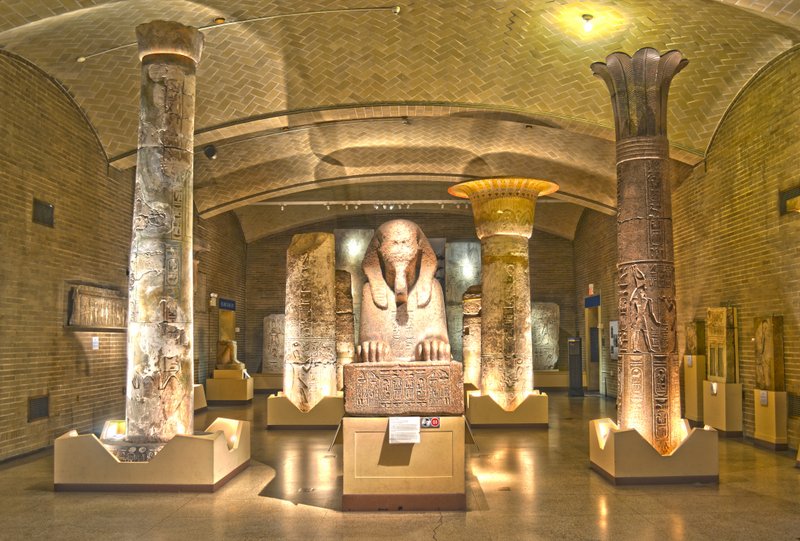by
Damien F. Mackey
“Joash, Amaziah, and Uzziah’s reigns are all similar”.
biblegateway
Thus we read at biblegateway:
https://www.biblegateway.com/passage/?search=2%20Chronicles+27&version=VOICE;MSG&interface=amp
Joash, Amaziah, and Uzziah’s reigns are all similar.
Each begins by following God and being rewarded with a powerful reign. Then each sins and is punished with national struggles and an unusual death.
None are [sic] honored with burials among the former kings. These three men exemplify a common theme in Chronicles: you reap what you sow. When they are faithful to God, He is faithful to them. When they abandon God, He destroys them.
[End of quote]
Reign (Joash, Amaziah, Uzziah)
https://www.chabad.org/library/article_cdo/aid/112315/jewish/Joash-King-of-Judea.htm
“Joash started off his reign in wonderful way, but in his later years when he should have grown wiser, turned away from the right path, to the great distress of his people. But the king paid dearly for his mistakes …. The masses of the people who had risked their lives for him and had loved him, turned away from him. When he fell ill, his servants joined in a conspiracy to get rid of the king who had betrayed them”.
https://www.chabad.org/library/article_cdo/aid/464016/jewish/Amaziah.htm
As soon as Amaziah felt himself secure on the throne of Judea, he slew his father’s assassins. However, he abided strictly by the laws of the Torah. He punished only the guilty persons and not their children. In general Amaziah took care not to break any of the traditions and laws of the Jewish faith, although he personally was not up to the religious standards of the pious kings of the House of David.
…. through his rash campaign against Israel, Amaziah lost the prestige he had gained by his victory over Edom. Moreover, he abandoned the worship of G‑d and turned to idolatry. The disaffection among the people grew, and they formed a conspiracy against the king”.
https://www.chabad.org/library/article_cdo/aid/464017/jewish/Uzziah.htm
“Uzziah himself was a pious man, and he observed religiously all the laws and commandments of the Torah, under the proper guidance of the prophets who had appeared in his time, among them, Isaiah, Amos, Hosea, and others. But at the height of his successful rule, he committed one unpardonable sin which cost him his name and throne.
In a moment of self-glorification and pride, Uzziah decided to imitate Jeroboam II, and to combine in his own person the supreme political and religious offices. He wanted to be High Priest as well as king. Although the idolatrous Israelites had permitted their king to act as high priest, the pious people of Judea refused to accept this violation of the Torah. Only members of the priestly family of Aaron were permitted to hold this office in the Holy Temple. Uzziah persisted in his demand, although the leading scholars and priests tried in vain to dissuade him. Finally Uzziah forced the issue. He entered the Holy Temple and, over the protest of the High Priest Azariah, started to offer incense on the golden altar. Presently the king was smitten with the most terrible of all maladies, leprosy. He had to leave Jerusalem at once and live in seclusion. Until his death, the stricken king dwelt in a house near the cemetery”.
Burial (Joash, Amaziah, Uzziah)
Joash: 2 Chron. 24:25. “And when they were departed from [Joash], (for they left him in great diseases,) his own servants conspired against him for the blood of the sons of Jehoiada the priest, and slew him on his bed, and he died: and they buried him in the city of David, but they buried him not in the sepulchres of the kings”.
http://www.aboutbibleprophecy.com/p86.htm
“[Amaziah’s] body was returned to Jerusalem and buried in the Royal cemetery”.
https://www.chabad.org/library/article_cdo/aid/464017/jewish/Uzziah.htm
“Uzziah was not buried in the tomb of his ancestors, the kings of David’s house for he was a leper. He was buried in the royal burial ground, however”.
King Ahaz of Judah’s burial followed the same non usual pattern:
2 Chronicles 28:27: “Ahaz rested with his ancestors and was buried in the city of Jerusalem, but he was not placed in the tombs of the kings of Israel”.
What to make of all this?
Given our need for chronological shrinkage, and, more importantly, given that Matthew has omitted Joash and Amaziah of Judah (under those specific names, at least) from his Genealogy of Jesus Christ (1:8-9):
….
Jehoram the father of Uzziah,
Uzziah the father of Jotham,
Jotham the father of Ahaz ….
I have to wonder if any (or even all) of the somewhat similar kings, Joash, Amaziah, Uzziah – and even, perhaps, Ahaz – may be duplicates.



